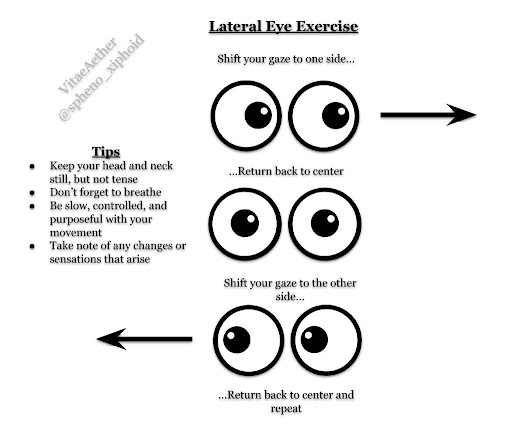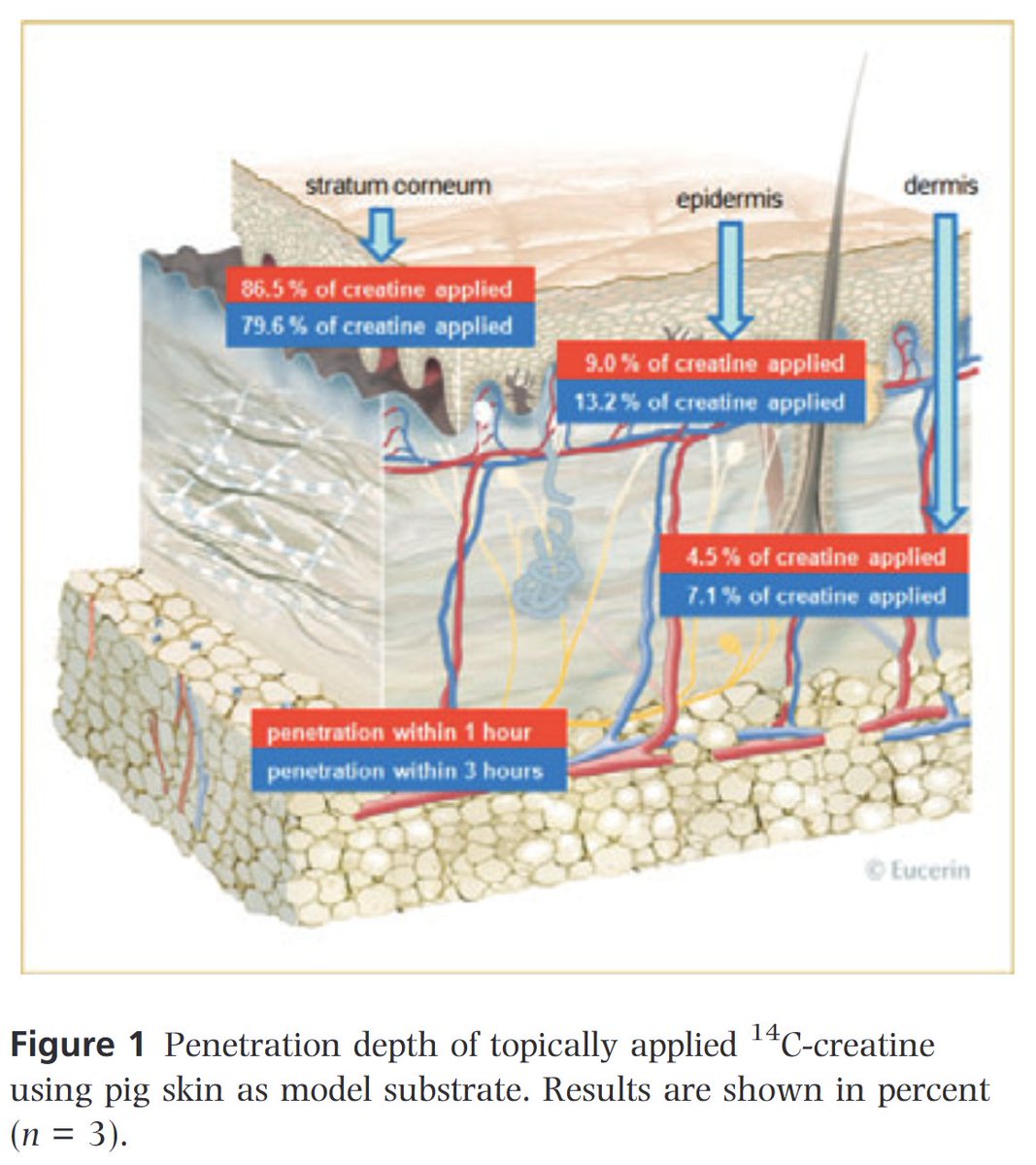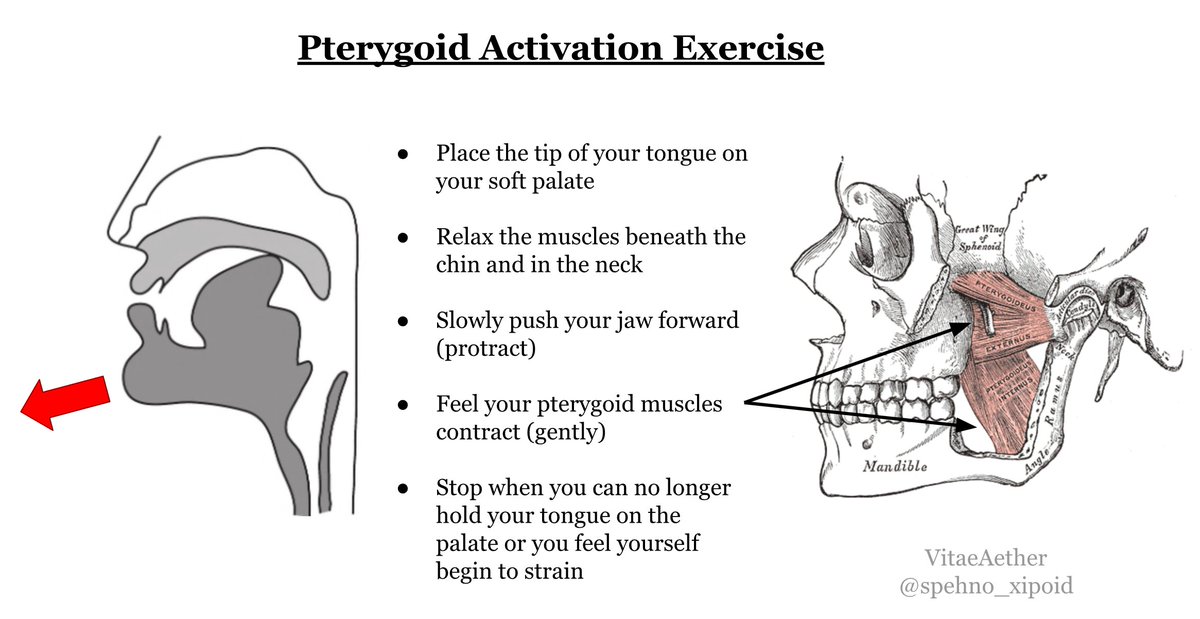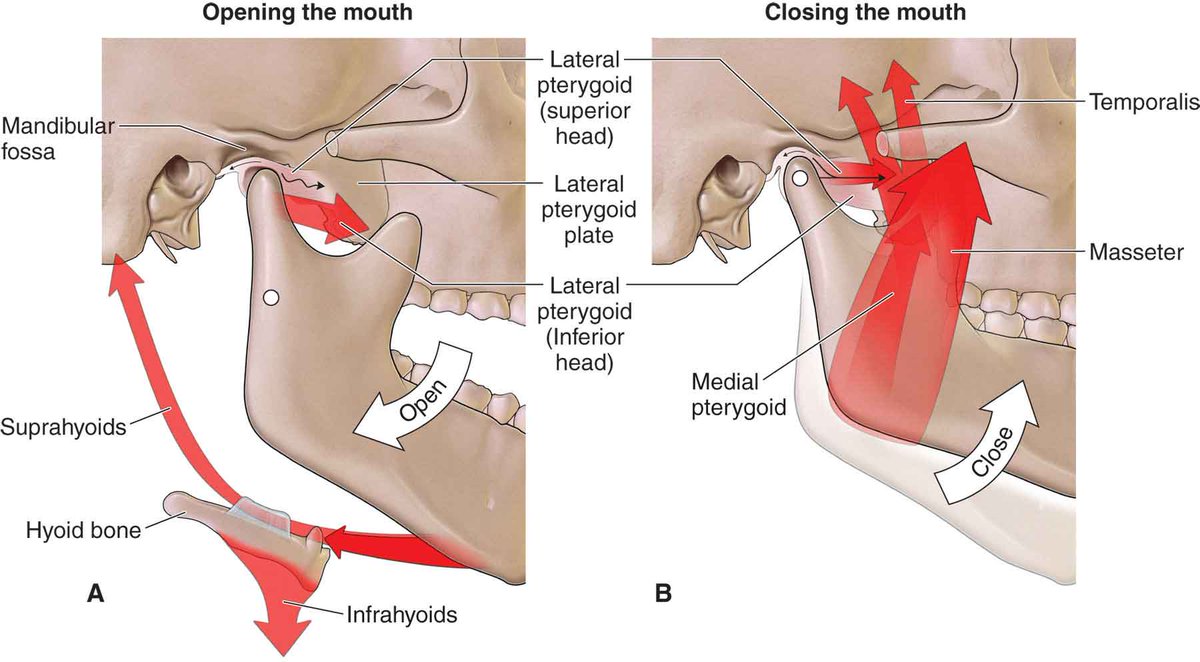The obliquus capitis inferior contains the highest muscle spindle density in the body. It acts like a sensory organ, constantly coordinating rotation of the skull with both the eyes and inner ear.
This muscle needs integrated movement and training, not constant release.

This muscle needs integrated movement and training, not constant release.


• • •
Missing some Tweet in this thread? You can try to
force a refresh
































